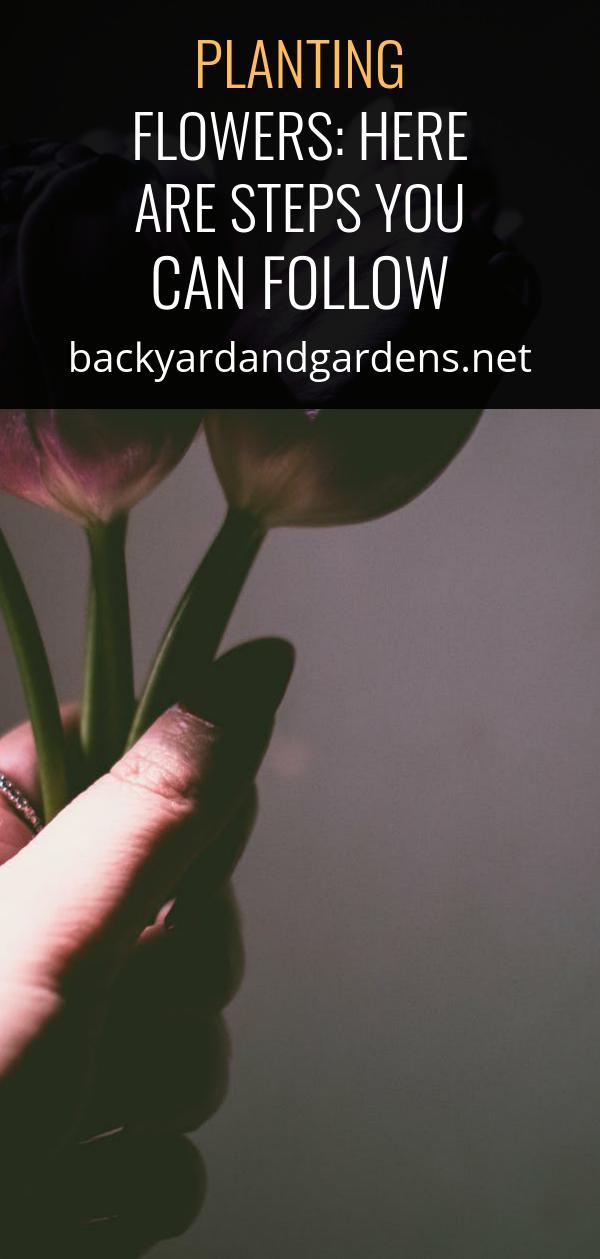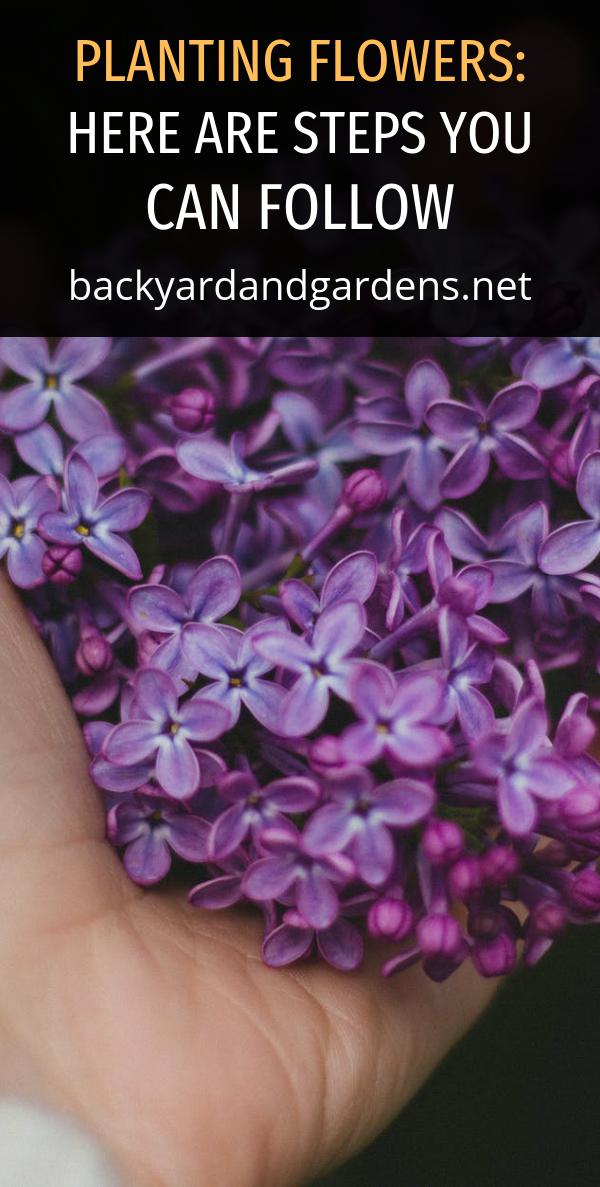Planting Flowers: Here Are Steps You Can Follow
Planting flowers and shrubs can add beauty to a garden. But, you don’t have to be an expert gardener to plant flowers and shrubs successfully. This article describes the steps you should take when planting flowers and shrubs in your yard.

You should plan the garden carefully. A garden with too many flowers and shrubs will look crowded and there is also the risk of traffic jams. If you’re planting more than one type of plant, you’ll need a separate planting plan. For instance, if you are planting two types of bushes in the same area, it is best to establish separate planting areas, as their watering needs might differ.
If you plan to have a patio garden, consider incorporating patio furniture and accessories to add interest to your garden. It’s easier to move furniture around the yard when you have nice garden landscaping. Plants can also provide shade and moisture, plus they are visually pleasing. Outdoor plants and flowers are also easier to clean.
When you’re planting flowers and shrubs, you need to determine the appropriate soil for the plants you choose. First, understand the types of plants that you want to plant and their seasons. Then, determine the soil type and whether you will need to water the plants frequently. Before you begin planting, you should start digging the holes for the plants.
You should be sure to dig the holes for each plant correctly, so you don’t waste time planting the same spot more than once. If you are planting in rows, you will want to plant the flowers and shrubs in an alternating manner. Try to have the plants planted a little deeper in the ground than they will be after they flower. This keeps the soil evenly moist, so it won’t rot.
When planting plants, pay attention to where the plants are to be positioned in the planting area. Check your soil for weeds and unwanted growth. Make a list of the plants that you want to plant. Determine whether they will bloom during different seasons or at different times of the year.
Depending on the flowers and shrubs you plant, you might need to dig some additional soil for them to thrive. But, you can still plant the plants and keep them at their sites. It’s a good idea to establish mulch to hold in moisture. You should also prune shrubs and plants that are growing too close together, so they don’t crowd the other flowers and plants.
Look for blooming plants that bloom after the spring arrival of the first buds in the spring. Some plants bloom well all year round. It depends on the variety of plants you buy. If you prefer them to bloom during the summer months, prune the plants just before the flowers open.
Pruning plants also help control pests. The best time to prune plants is early in the morning after the last of the rain has fallen. Water the plants lightly. Apply a liquid fertilizer. Or, mix a tablespoon of compost into the soil about four inches below the plant.
Once you’ve finished planting the plants, it’s time to spread out the soil in the area you planted. Move the plants a little at a time, so the plants are all equally exposed to the sun. If you’re planting outside, mulch the plant as you plant, and again after the plants are fully grown.

A nice garden is not hard to create, but it’s also not hard to maintain. Follow these tips and you’ll be surprised at how quickly you’ll be rewarded with flowers and beautiful garden landscaping.
